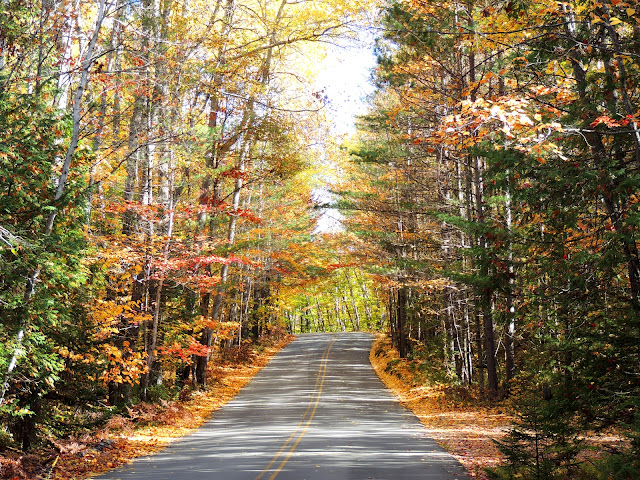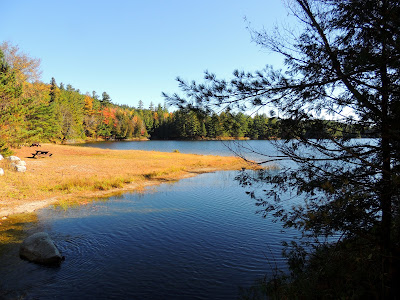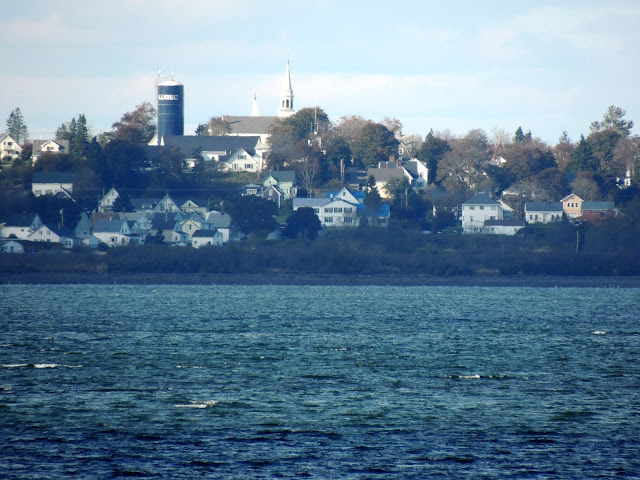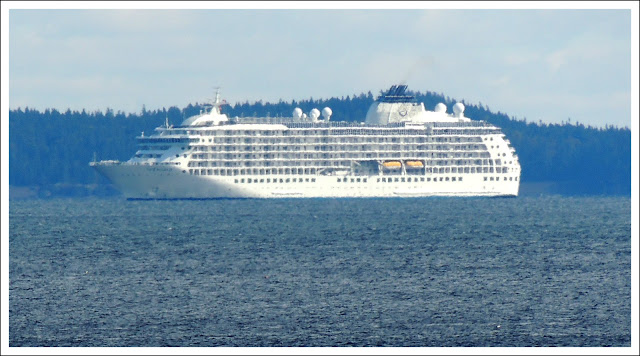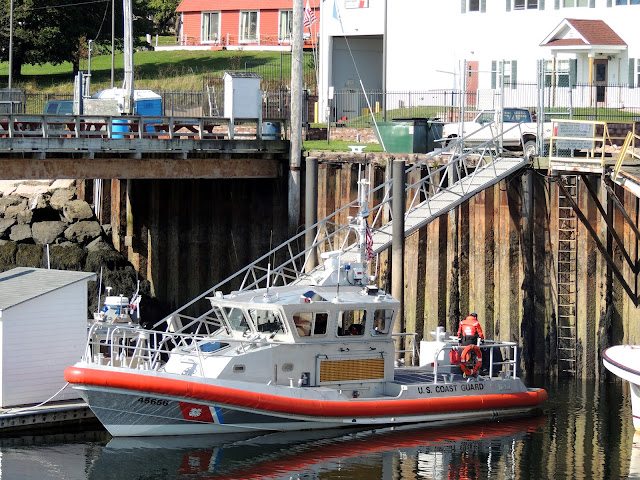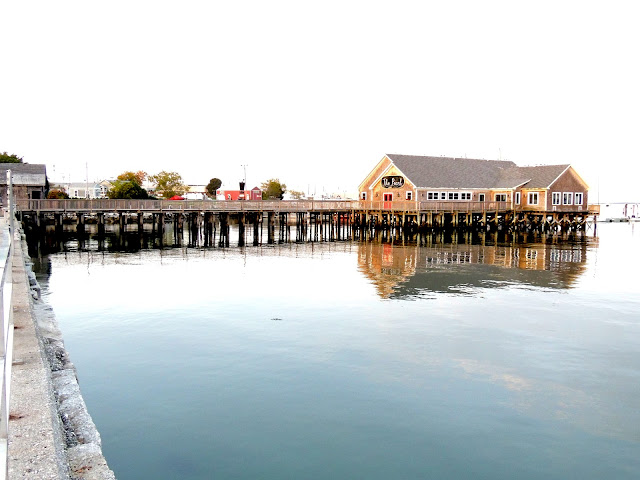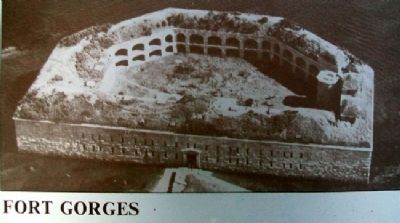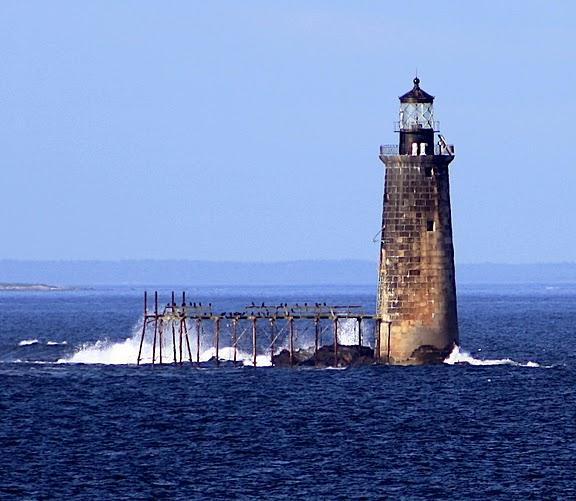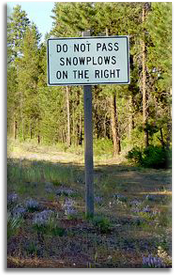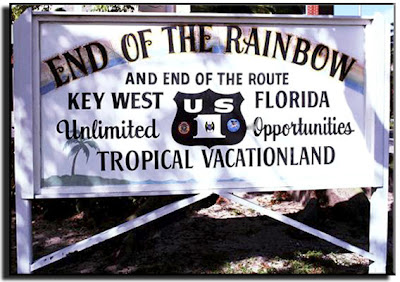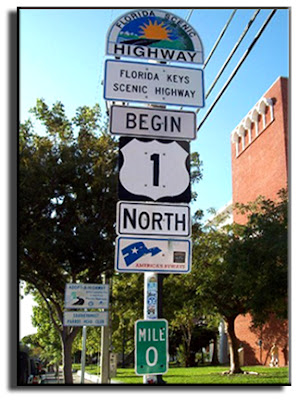When we arrived at the northern most point of Highway 11 in Maine we came to the start of U.S. 1 which winds its way down the eastern coastline all the way to Florida. Below is the sign indicating the start of the highway and also a photo of the end (or beginning, if you are headed north) of the the highway.
We stopped by Fort Kent, itself which was built during the bloodless Aroostook war:
The Fort Kent Blockhouse is located at the confluence of the Fish River and the St. John River in Fort Kent, Maine. The blockhouse is the only fortification relating to the "Bloodless" Aroostook War of 1838-1839, and the border dispute between Great Britain and the United States.
The blockhouse is a two-story structure. Its walls are built of square-hewn cedar logs, some of which measure over 19 inches in width. It is an excellent example of early 19th-century military architecture.
The Aroostook War (sometimes called the Pork and Beans War) was an undeclared nonviolent confrontation between the United States and the United Kingdom over the international boundary between British North America (Canada) and Maine. The compromise resolution won a mutually accepted border between the state of Maine and the provinces of New Brunswick and Quebec. High tensions and heated rhetoric in Maine and New Brunswick led both sides to raise troops, arm them, and march them to the disputed border. President Martin Van Buren sent Brigadier General Winfield to work out a compromise. The compromise created a neutral area, and the excitement faded away as the diplomats took over. The War involved no actual confrontation between military forces, and negotiations between diplomats from the UK and United States quickly settled the dispute.
The signing of the Webster - Ashburton Treaty in 1842 settled this boundary dispute between Maine and New Brunswick and reduced the need for a fort, giving most of the disputed area to Maine and a militarily vital connection between Canadian provinces to the UK. However, Federal troops remained there until 1845 to protect Maine’s and the United States’ interests in the region.
The blockhouse now is a museum and is maintained by local Eagle Scouts in cooperation with the Bureau of Parks and Recreation, Maine Department of Conservation. The state-owned blockhouse is on the National Register of Historic Places as well as being a National Historic Landmark.






